Robin Coste Lewis on how art creates access

Transcript
[The words “Art is” appear, followed by scrolling words…Empathy, Political, Hope, Powerful, Change…it stops at Access. Art Is Access.]
Robin Coste Lewis, poet: When I was a little girl we didn’t get to read books by people of color ever in my school. So, my parents supplemented my very skewed curriculum with books by black poets and Latino poets. And when I saw Margaret Walker’s poem, “For My People,” turning English into a tool of resistance, and beauty, most of all beauty, it changed my whole world.
[Robin reading.]
“For my people walking blindly spreading joy…”
[A close-up view of Robin’s book “Voyage of the Sable Venus”.]
I began to look at English and my body as an aesthetic tool and a political tool. And I didn’t know … we had permission as oppressed peoples to adore our own bodies.
Poetry taught me how to do that.
[The words “Art is” appear, followed by scrolling words…Access, Expression, Change, Creativity, Healing…it stops at Justice. Hashtag Art Is Justice. Agree? Share this video.]
[Ford Foundation logo: a globe made up of a series of small, varied circles.]
Accessibility Statement
- All videos produced by the Ford Foundation since 2020 include captions and downloadable transcripts. For videos where visuals require additional understanding, we offer audio-described versions.
- We are continuing to make videos produced prior to 2020 accessible.
- Videos from third-party sources (those not produced by the Ford Foundation) may not have captions, accessible transcripts, or audio descriptions.
- To improve accessibility beyond our site, we’ve created a free video accessibility WordPress plug-in.
Robin Coste Lewis is the poet laureate for the city of Los Angeles. She was born in Compton, California, and her family is from New Orleans. Lewis is the author of Voyage of the Sable Venus (2015), winner of the National Book Award for Poetry—and the first poetry debut to win the award since 1974. Critics called Lewis’s first collection, “stunning…a masterpiece…surpassing imagination, maturity, and aesthetic dazzle…a book that is formally polished, emotionally raw, and wholly exquisite.” Lewis is also the author, with Kevin Young, of a series of commissioned poems that accompany Robert Rauschenberg’s drawings in Thirty-Four Illustrations for Dante’s Inferno (MoMA), as well as Prosthetic (forthcoming from Knopf). Her writing has also appeared in journals and anthologies including The New Yorker, The Harvard Gay and Lesbian Review, Best American Poetry, Callaloo, Transition, and Vida.
Lewis earned her MFA from New York University’s creative writing program, where she was a Goldwater Fellow in poetry. She also earned a MTS degree in Sanskrit and comparative religious literature from Harvard University’s divinity school, and a PhD from the creative writing and literature program at the University of Southern California, where she was a provost fellow in poetry and visual studies. There, Lewis researched the intersecting production histories of early African American poetry and photography, for which she received the Anne Friedberg memorial grant from USC’s Visual Studies Research Institute. Other fellowships and awards include those from the Cave Canem Foundation, the Los Angeles Institute of the Humanities, the Caldera Foundation, the Ragdale Foundation, the Headlands Center for the Arts, and the Summer Literary Seminars in Kenya. Lewis was also a finalist for the International War Poetry Prize, the National Rita Dove Prize, the California Book Award, the LA Times Book Prize, and the Hurston/Wright Award.
Lewis has taught on the faculty of Wheaton College, Hunter College, and Hampshire College. Currently, she teaches in NYU’s low-residency MFA in Paris, and is a writer-in-residence at USC. She lives in Los Angeles.
Other videos in this series
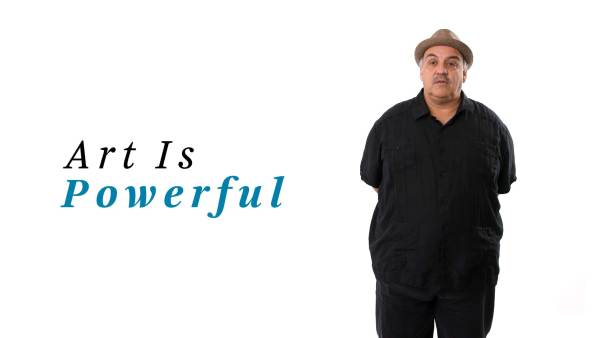
Luis Alfaro on the power of art and imagination
Art is powerful. Playwright Luis Alfaro shares how he uses art to stimulate the imaginations of those who might not be able to see a better life for themselves. He writes plays with narratives that allow people to envision themselves as free in the world.
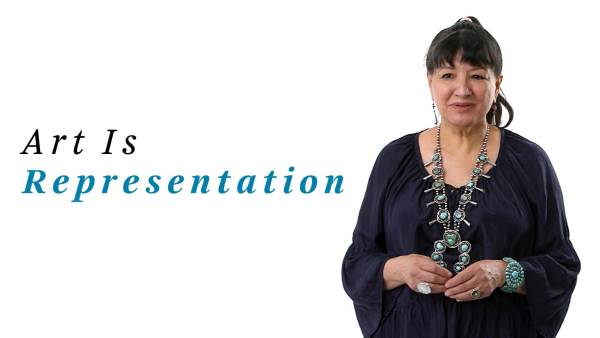
Sandra Cisneros on how art changes lives
Art can change lives for the better. Author Sandra Cisneros writes books that allow young people to see themselves represented on the page. As she says, when people see themselves represented in a way that is empowering, they feel more able to make a difference in the world.
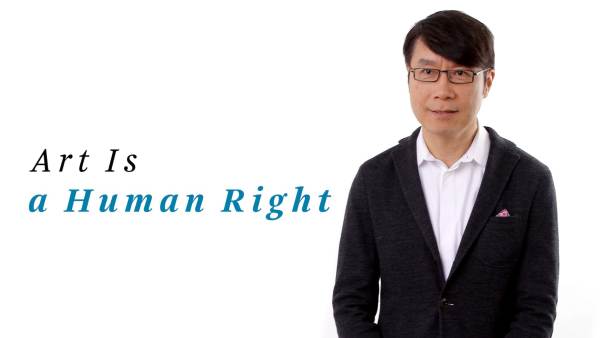
Samuel Hoi on art and human rights
Art is a way to shift reality and make an impact beyond the cultural field. Samuel Hoi cites Good Chance Theater staging shows at a refugee camp in northern France as an example of how art can uplift human rights.
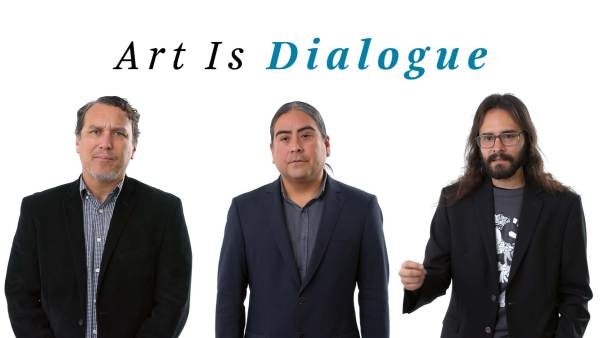
Postcommodity on using art to dialogue
Art can be used to create dialogue between people and break “us-versus-them” mentalities. The collective Postcommodity discusses how it uses art to uplift communities and ensure they have agency to communicate their own needs and desires.
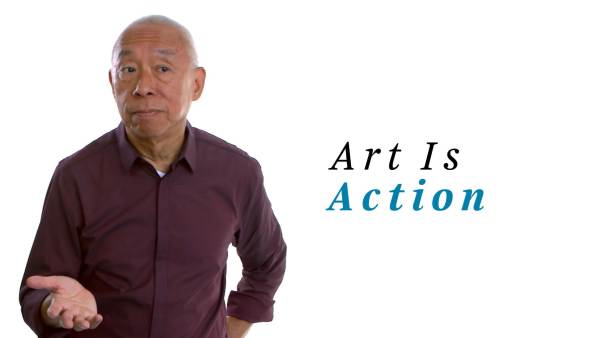
Ping Chong on using art to empower and heal
Art allows us to re-anchor into our humanity. In his work, artist Ping Chong creates spaces for ordinary citizens to speak their own truth on stage. In this way, he heals and affirms people, and helps create a society that’s more just and more humane.
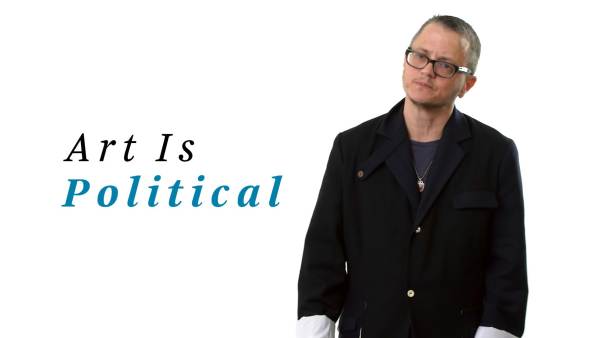
P Carl on the power of curation
Art has to be connected to the politics of our world, because it can bring us together in ways politics can’t. Theater director P Carl believes theater should be curated with the idea that everyone belongs, and in this way, it can help connect people to the issues that really…
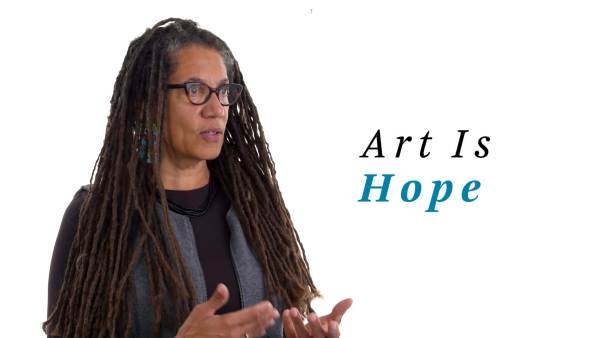
Nikky Finney on using art for change
Art can connect us across time. Poet Nikky Finney draws on stories from the past to challenge artists to continue their efforts for social change. She believes artists should heed lessons from the past and bring them into the future.

Mira Nair on cultural representation
Art gives us the ability to see other cultures and to look at the world anew. Director Mira Nair uses film to tell stories of marginalized communities that are not often represented on screen. She believes art can help people see their place in the world.

Michelle Dorrance on how tap represents social change
Art can represent social change, and tap dancer Michelle Dorrance believes the history of American culture can be seen in the history of tap—early tap dancers were catalysts for social change. By referencing the past and showing a vision for the future, dance can change the world.
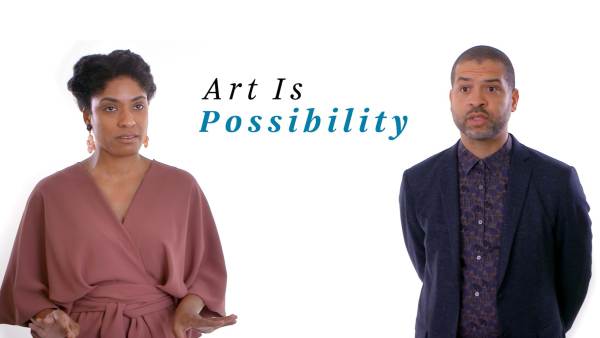
Alicia Hall Moran and Jason Moran on how art is possibility
Art has the power to make a big impact in our world. Musicians and educators Alicia Hall Moran and Jason Moran believe art has the potential to connect people and challenge inequalities. Through art, we can bridge the gap between past and present, and learn more about each other.
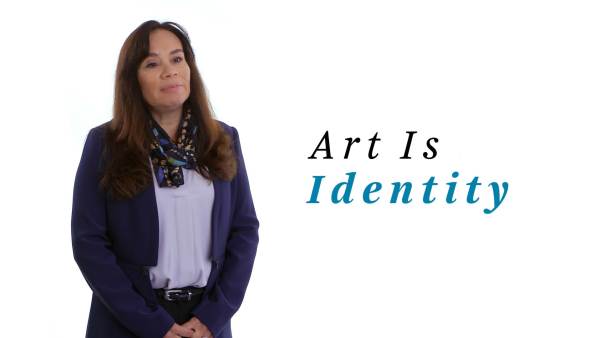
Lori Pourier on the link between art and identity
Art allows us to reveal our identities. President of First Peoples Fund Lori Pourier sees artists as changemakers in society who can help restore history and educate us about our past. In this way, artists can restore both public history and personal identity.
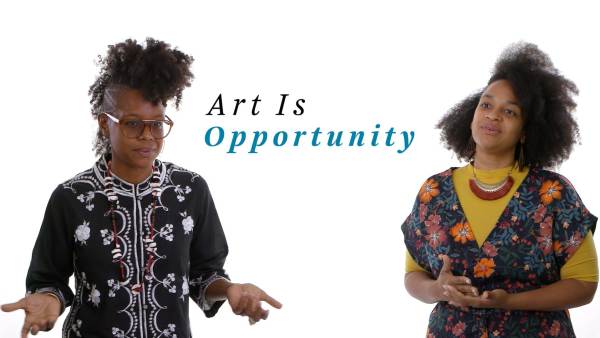
Las Nietas de Nonó on creating opportunities with art
Art gives us the opportunity to create change in communities. The art duo Las Nietas de Nonó use art to share voices of underserved communities in Puerto Rico. They believe in creating theater in alternative spaces, where people’s voices can be heard and a genuine exchange of voices takes place.
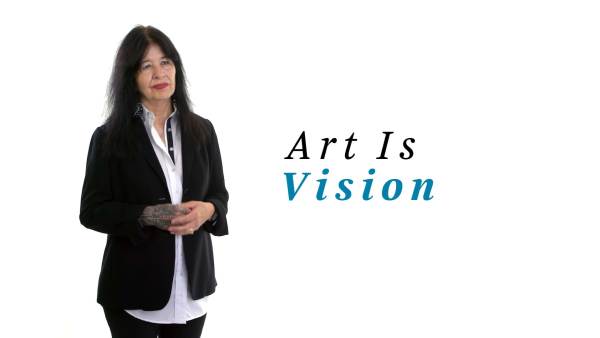
Joy Harjo on how artists have vision
Artists can give vision to a community. Poet Joy Harjo uses her art to strive for gender justice. She believes artists have a responsibility towards growing the communities they’re in, creating a vision for those around them and fostering compassion.
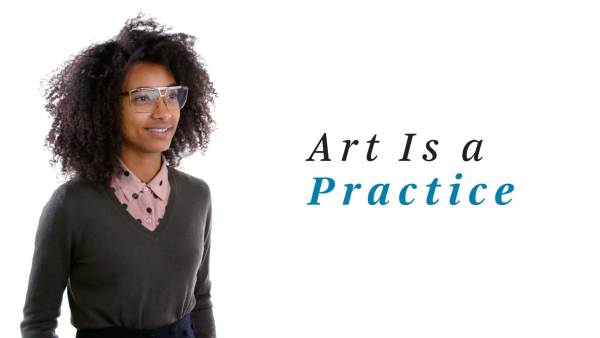
Esperanza Spalding on art as a practice
Art can help heal people. Grammy-winning musician Esperanza Spalding believes artists, through practicing their craft, can experiment and reposition their work to find the best ways to help and encourage people to transform negative situations for the better.
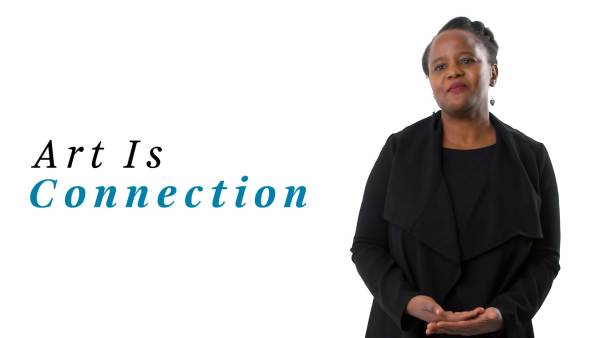
Edwidge Danticat on how literature connects us
Art can transport us to different places and connect us to each other. Novelist Edwidge Danticat uses her writing to share stories that dispel stereotypes and help foster greater understanding. She believes that breaking bias is done through sharing stories.
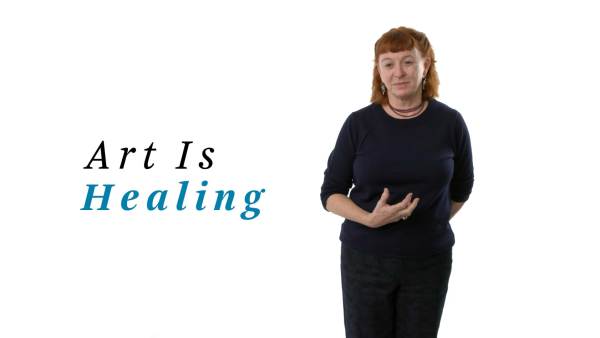
Deborah Luster on how art heals
Art encourages healing by connecting stories between people. Deborah Luster knows firsthand how art can help others heal. She channeled the pain she felt after her own loss to help bring about healing in a prison community.
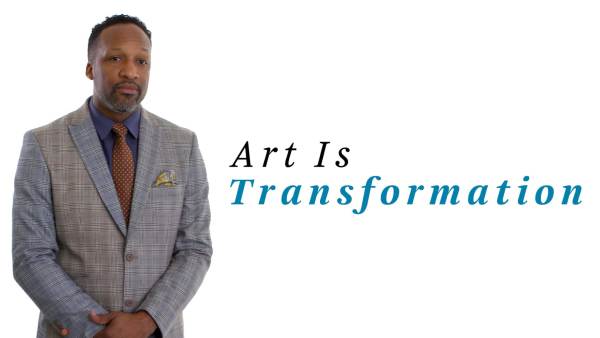
Carlton Turner on how art transforms culture
Artists are cultural strategists working to eliminate oppression and dismantle inequality, says performance artist Carlton Turner. He explains how artists take community work and engage in social transformation by giving voice to those who’ve been disenfranchised. Communities can shift because of the work artists are doing.